Summary:
This blog explores how ChatGPT developers revolutionize restaurant menus, enhancing personalization and creativity. Discover how AI-powered menus are shaping the future of dining experiences.
Introduction:
Dining out has always been a cherished social activity and a culinary adventure. However, the dining landscape is evolving, shaped by changing consumer preferences and technological advancements. In this article, we’ll delve into how technology is reshaping restaurant menus, with a spotlight on the pioneering efforts of ChatGPT developers, playing a pivotal role in this revolution.
The Role of the Menu in a Restaurant’s Success
At the heart of any dining experience lies the menu. It’s not just a list of dishes; it’s a representation of the restaurant’s identity, philosophy, and creativity. A well-crafted menu can captivate diners, influence their choices, and even enhance their perception of a restaurant.
Menus are pivotal in a restaurant’s success for several reasons:
Guides Consumer Choices: A menu directs and informs customers about the variety of dishes available, their ingredients, and prices.
Brand Identity: It reflects a restaurant’s unique style, whether it’s a fine dining establishment, a cozy cafe, or a trendy fusion eatery.
Profitability: Effective menu design and pricing strategies can significantly impact a restaurant’s bottom line.
Meeting Dietary Preferences and Restrictions: Inclusivity in menus by offering various dietary options (e.g., vegetarian, vegan, gluten-free) ensures a broader range of customers can find suitable choices, enhancing customer satisfaction and broadening the restaurant’s appeal.

How Technology is Changing the Dining Experience
Technology has begun to redefine the dining experience. From digital menus and online reservations to mobile ordering and contactless payments, technology is streamlining various aspects of dining. Among these technological innovations, AI-powered solutions led by ChatGPT are playing an increasingly significant role.
ChatGPTs’ Role in Evolving Restaurant Menus:
The restaurant industry has always been highly competitive, with establishments constantly seeking innovative ways to attract and retain customers. One significant area of innovation is the menu – the cornerstone of any dining experience. Here’s a closer look at how ChatGPT is revolutionizing restaurant menus:
Menu Personalization: ChatGPT tailors menus to individual preferences, ensuring a personalized dining adventure by analyzing customer tastes and dietary needs.
Creative Menu Ideation: Utilizing its creativity, ChatGPT aids in brainstorming unique menu items, allowing restaurants to stand out and cater to a diverse clientele.
Efficient Menu Design: ChatGPT optimizes menu layouts and item placements, enhancing visual appeal and guiding diners to make satisfying choices.
Enhanced Descriptions and Storytelling: ChatGPT crafts captivating narratives for menu items, adding a storytelling element that entices and excites diners.
Seasonal and Trend Incorporation: By analyzing food trends and seasonal ingredients, ChatGPT suggests menu adjustments, keeping restaurants current and appealing to evolving tastes.
Interactive Digital Menus: ChatGPT powers interactive digital menus, enabling real-time AI-driven conversations, providing personalized recommendations, and creating an engaging and dynamic menu experience for diners.

ChatGPT is already enhancing customer experience
- ChatGPT helped a pizza place called Motor City Pizza in Lewisville, Texas, make a cool new pizza. This guy Winston and his daughter wanted a pizza with Mexican street corn flavors, but they were struggling to come up with a good recipe. Winston is a regular customer of Motor City Pizza, a restaurant in Lewisville, Texas. He frequently visits the pizza place and enjoys pitching his creative pizza ideas to the owner, Greg Tierney. So, they asked ChatGPT for help. ChatGPT gave them a recipe based on what they described, and after a few small changes, the pizza was added to the menu with lime wedges on top. This shows how AI can make tasty and unique food and give customers more exciting options. Winston even wants to keep using AI for making new and changing pizzas, so we might see more awesome AI-inspired dishes in the future!
- ChatGPT’s integration into OpenTable marks a transformative move, revolutionizing the way users discover and book restaurants. By seamlessly incorporating restaurant recommendations within ChatGPT, OpenTable engages users in interactive, personalized conversations, aiding them in finding ideal dining spots for various occasions. This integration streamlines the booking process, offering direct reservation links, and sets OpenTable apart as an innovator in leveraging AI to provide an enhanced and efficient platform for diners.

The Benefits and Challenges of Adopting ChatGPT in Menus
Benefits:
Operational Efficiency: Integration of ChatGPT streamlines customer interactions, reducing wait times and improving overall service speed.
Enhanced Customer Satisfaction: ChatGPT’s ability to personalize menu recommendations significantly boosts customer satisfaction and loyalty by catering to individual preferences and dietary needs.
Dynamic and Adaptable Menus: ChatGPT enables menus to become dynamic and adaptable, allowing restaurants to quickly communicate specials, seasonal items, and last-minute changes through digital channels, keeping menus fresh and relevant.
Culinary Experimentation: ChatGPT’s creative capabilities extend to generating innovative dish concepts based on parameters such as cuisine type, dietary preferences, and available ingredients, fostering culinary experimentation and differentiation.
Improved Accessibility: ChatGPT caters to customers with diverse accessibility needs by providing menu information in multiple languages, offering audio descriptions for visually impaired diners, and assisting those with dietary restrictions or allergies in making informed choices, thereby enhancing inclusivity.
Challenges and Strategies:
Implementation Costs: The upfront costs associated with implementing ChatGPT can be a concern for some restaurants, particularly smaller establishments. A budgetary plan is essential to manage these expenses effectively.
Staff Training: Effectively utilizing ChatGPT requires staff training and resources. Comprehensive training programs are necessary to ensure employees can maximize the technology’s benefits.
Data Privacy Concerns: The handling of customer data raises data privacy concerns. Restaurants must implement robust security measures and comply with data protection regulations to safeguard customer information and maintain trust.
Integration Complexity: Integrating ChatGPT into existing systems and workflows may present technical challenges, and restaurants should plan for a smooth transition.
Maintenance and Updates: Ongoing maintenance and updates to ensure the optimal performance of ChatGPT systems can be a commitment that requires attention and resources.

Conclusion
The future of dining holds immense potential, thanks to technologies like ChatGPT. As diners increasingly seek personalized and engaging experiences, restaurant menus will evolve to fulfill these desires. The role of ChatGPT Developers in this metamorphosis is undeniable, encompassing enhanced personalization, data-driven decisions, and an interactive culinary experience.


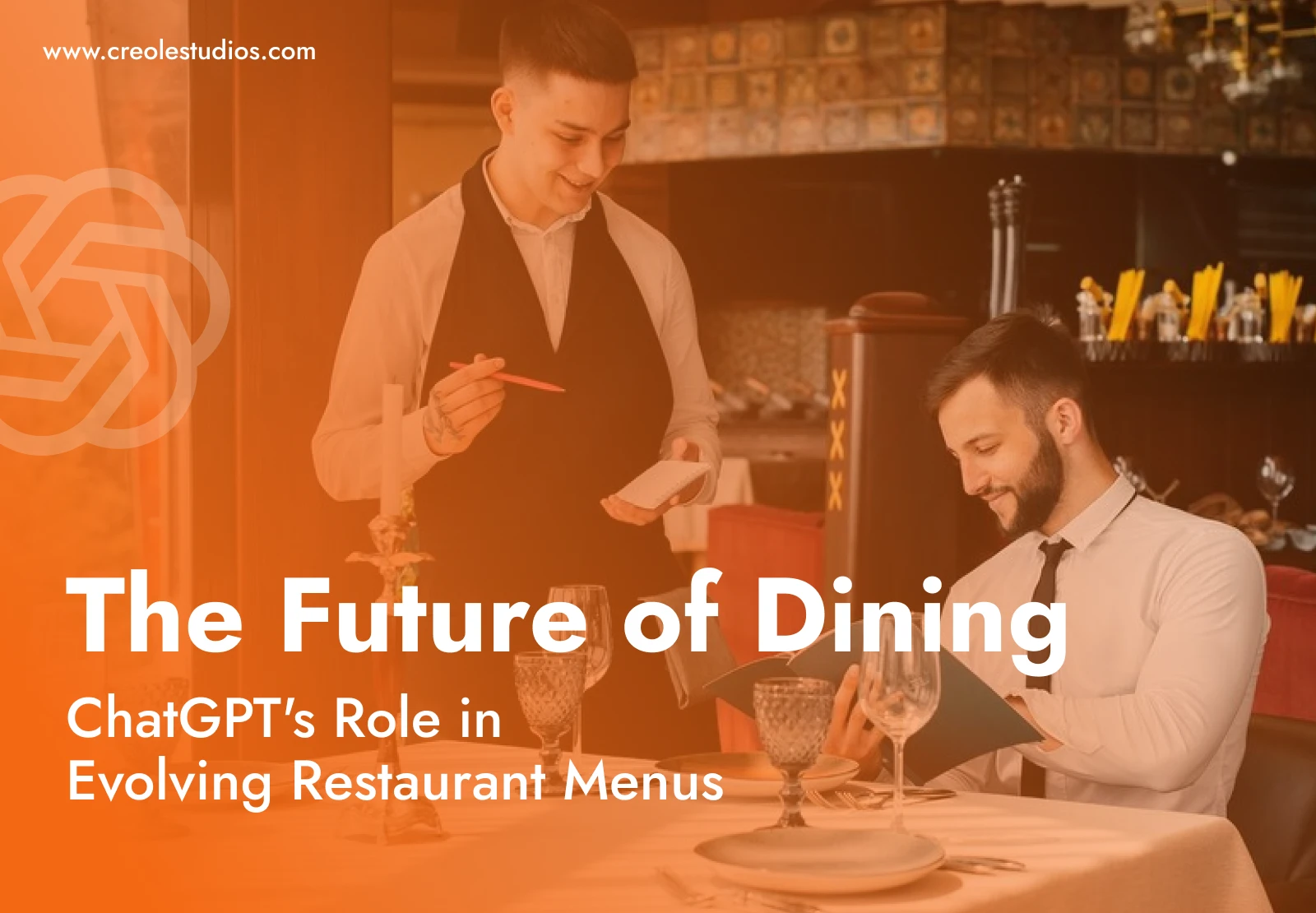








 30 mins free Consulting
30 mins free Consulting 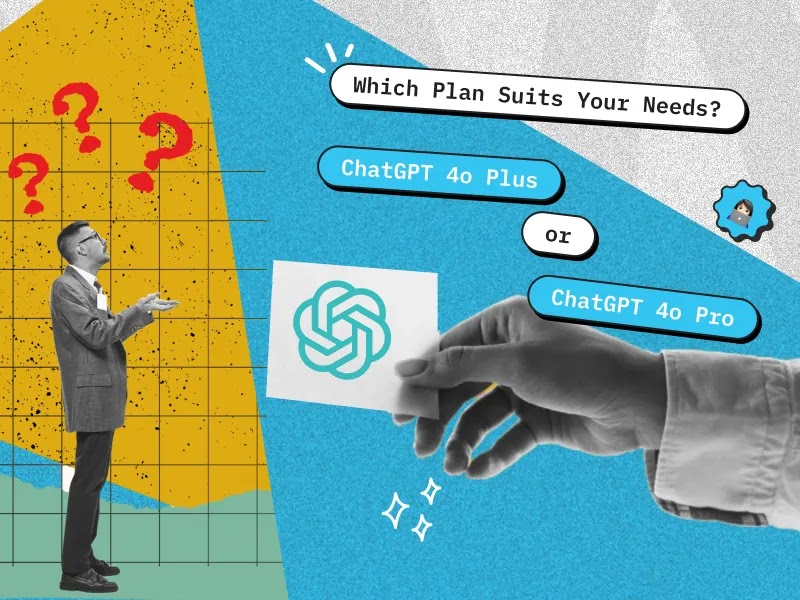
 11 min read
11 min read 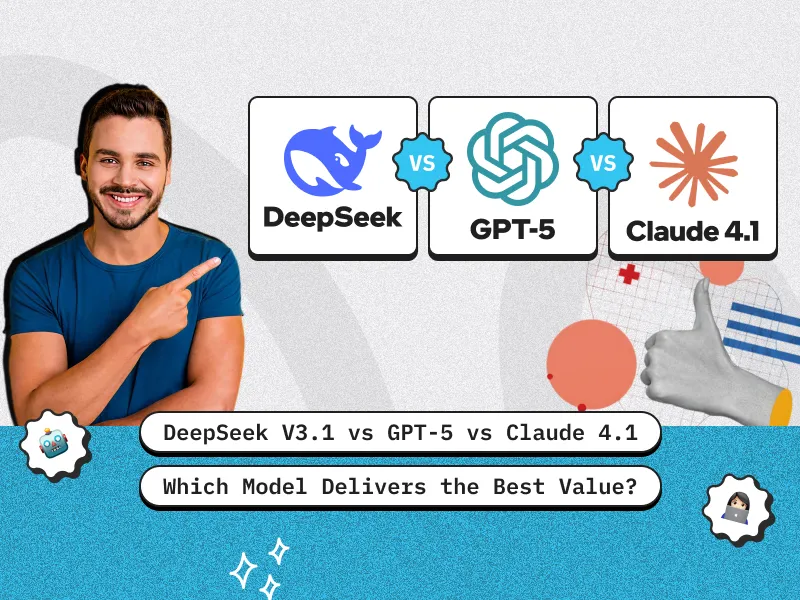
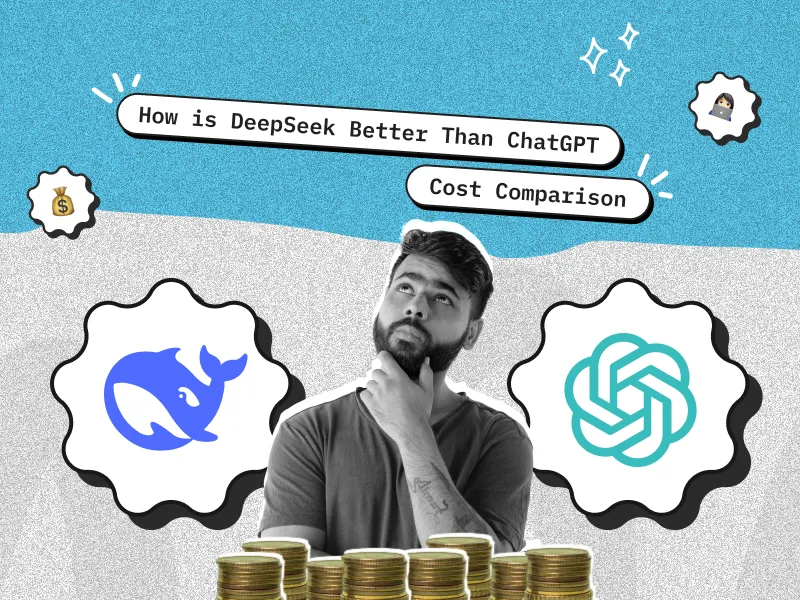
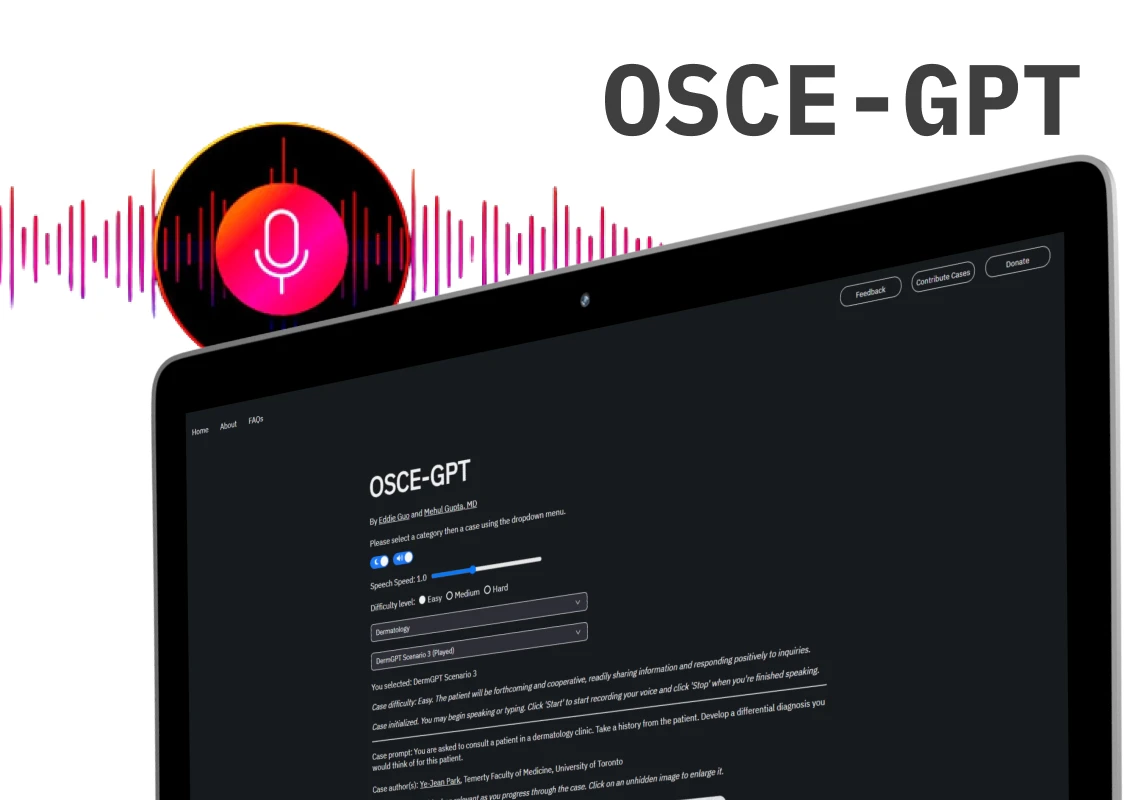
 Canada
Canada 





 Love we get from the world
Love we get from the world 